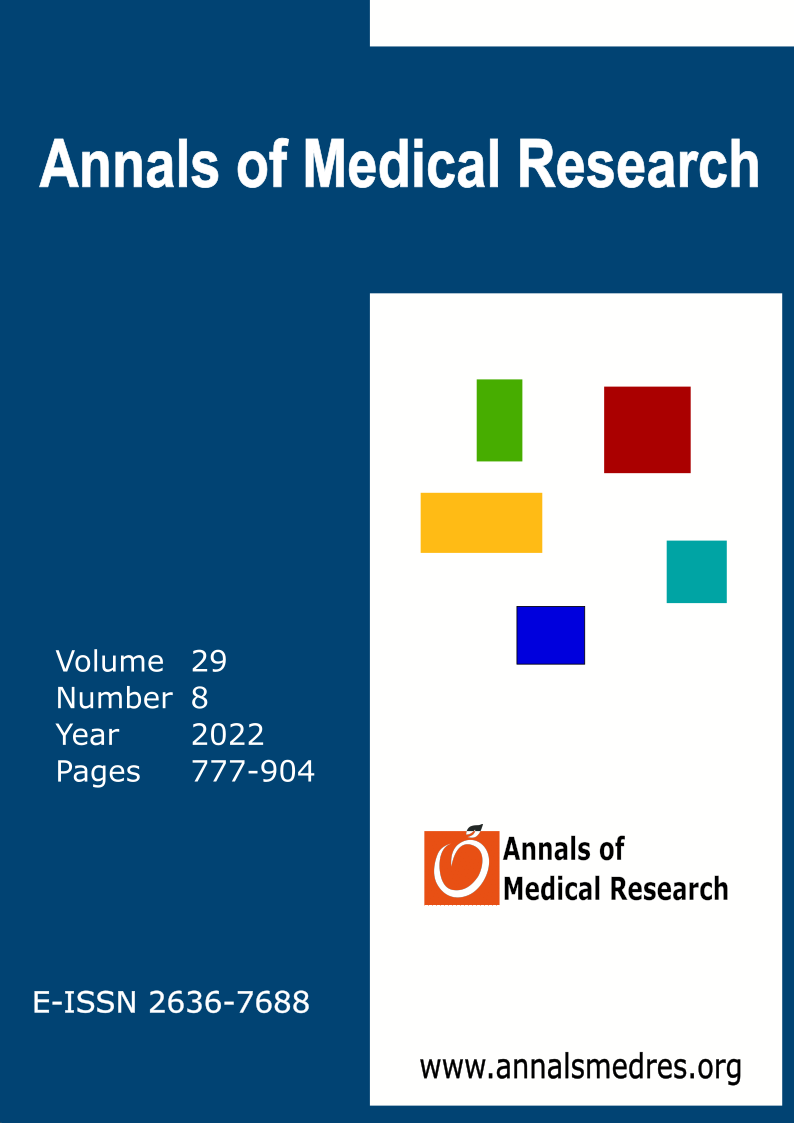Clinical utiliy of serum lactate levels in diabetic ketoacidosis in adult patients admitted to emergency department
Keywords:
Lactate, Diabetic ketoacidosis, Metabolic acidosis, Biomarker, Emergency departmentAbstract
Aim: To evaluate serum lactate and its clinical utility for disease severity among patients admitted to the emergency department with diabetic ketoacidosis (DKA) diagnosis.
Materials and Methods: This is a retrospective data review that included patients 18 years of age and admitted to the department with a DKA diagnosis. Patients with a blood glucose level of 250 mg/dL between 01 January 2016 to 30 June 2021 with DKA were included. Patients without arterial blood gas or urine ketone analyses or diagnosed with isolated hyperglycemia were excluded. DKA was defined as a blood glucose level 250 mg/dL, pH <7.3, HCO3<18 mEq/L, and urine ketone positivity at admission. The DKA severity was graded based on the degree of metabolic acidosis based on pH and HCO3 levels.
Results: 230 patients were included (82 mild, 126 moderate, and 22 severe DKA). The median age was 44 years, and 50.4% of patients were male. Patient age (p=0.27), sex (p=0.63), and blood glucose levels (p=0.69) were similar between DKA groups. However, DKA severity was moderately and negatively correlated with pH (r=-0.44, p<0.001), weakly and negatively correlated with HCO3 (r=-0.25, p<0.001), and moderately and positively correlated with lactate (r=0.41, p<0.001).
Conclusions: The primary outcome of this study was that serum lactate level is significantly correlated with DKA moderate, and monitoring the normalizing levels while treating the DKA may be utilized as a marker of efficiency in the emergency department.
Downloads
Published
Issue
Section
License
Copyright (c) 2022 The author(s)

This work is licensed under a Creative Commons Attribution-NonCommercial-NoDerivatives 4.0 International License.
CC Attribution-NonCommercial-NoDerivatives 4.0






